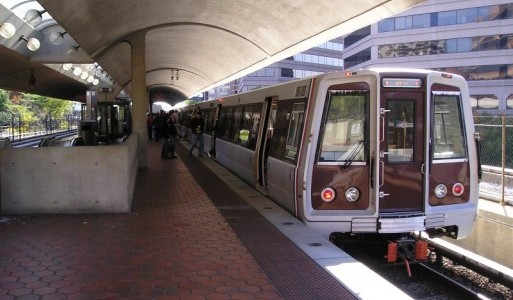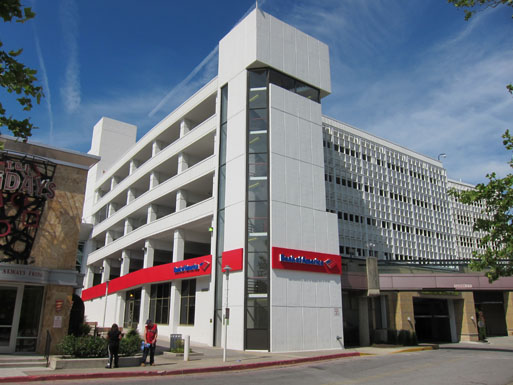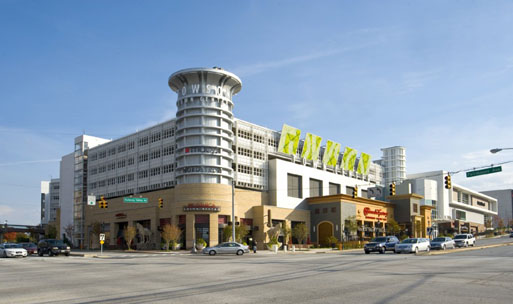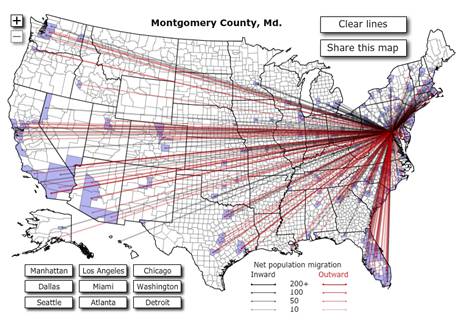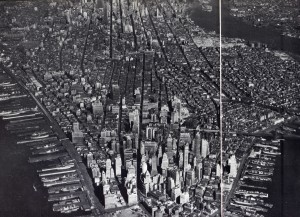
A landscape or city is legible when it conveys information about itself. A place is most legible when it conveys information without the obvious devices of communication. Legibility is a kind of follow-your-nose sense that allows you to understand a place from both macro and micro signals.
Manhattan is legible though a grid punctuated by landmarks.
Miami Beach is ever-oriented between ocean and bay.
Most Greek villages run from a port, up the hill to a fort or church that takes the high ground.
The ebb and flow of commercial activity and social life in these places can be anticipated. You can figure out where the main shopping streets are and where people go to relax.
Legibility works in different dimensions–from an … Continue reading
